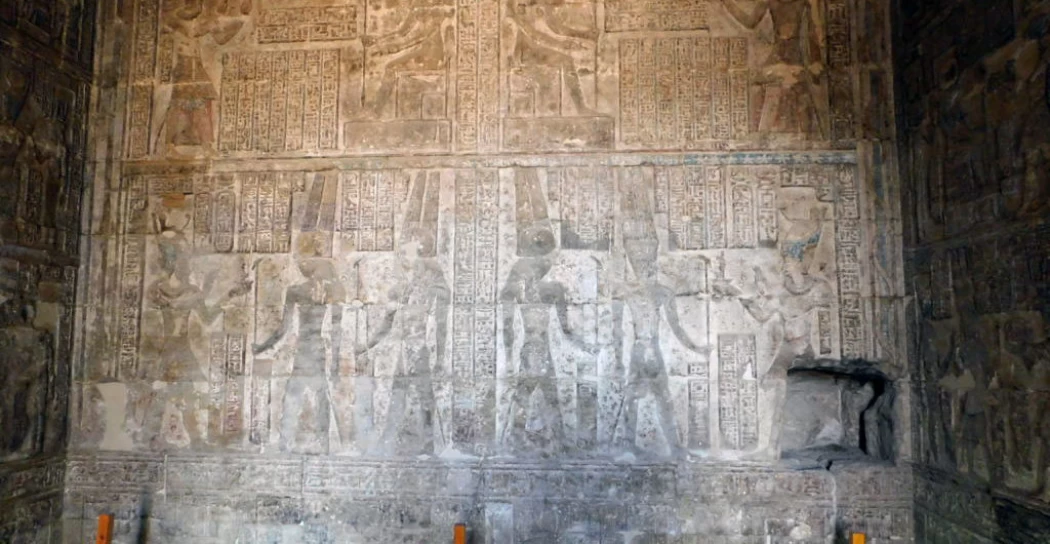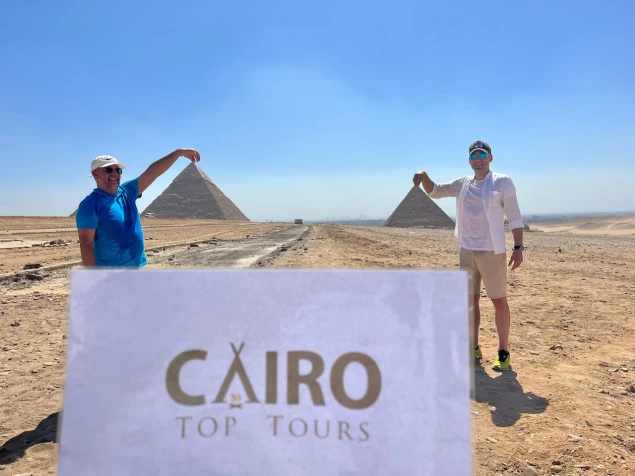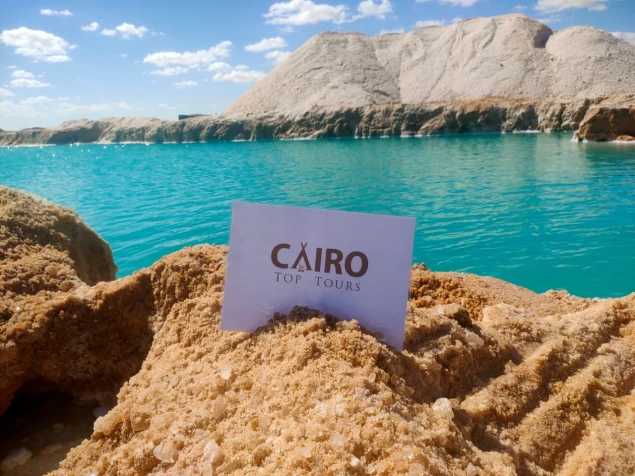
The Deir Al -Shilouet Temple
It was built by Ramses II during the reign of the XIX dynasty. The privileged location of the temple is probably because the river, as it approaches the Kursk bend, runs in an 'unnatural' direction towards the southeast. It was dedicated to the god Ra-horakhti. Scientists disagreed about the date of construction of the temple: the French Egyptologist Nicolas Grimal puts the date in the thirteenth year of the reign of Ramses II, assuming that this coincided with the first jubilee of his sitting on the throne. On the other hand, John Binns and Jaromir Malik consider that the temple of Al-Durr was "built in the second part of the King's reign," perhaps because "the shape of the structure and its inscriptions are similar to the Great Temple at Abu Simbel (without the huge statues sitting in its facade).", And Abu Simbel was built between the years 24 and 31 of the reign of Ramses
Architecture and decorations.
The temple in 1960. Bas-relief of Ramses II in the temple of the monastery foyer with an edifice) and from them to a triple sanctuary consisting of statues of Ramses II, Amon-Ra, Ra-horakhti, and Ptah where the worship rituals were."When the temple was restored in modern times, the brilliance and vitality of its inscriptions appeared in comparison with the inscriptions of other temples in which the "extinguishing" of the color tone of their inscriptions appeared. In 1965, the temple was dismantled and moved along with the Amada temple to a new location. The first visitors saw the temple on its old site, and the temple itself was first studied and published on it by Alward Blackman in 1913.














